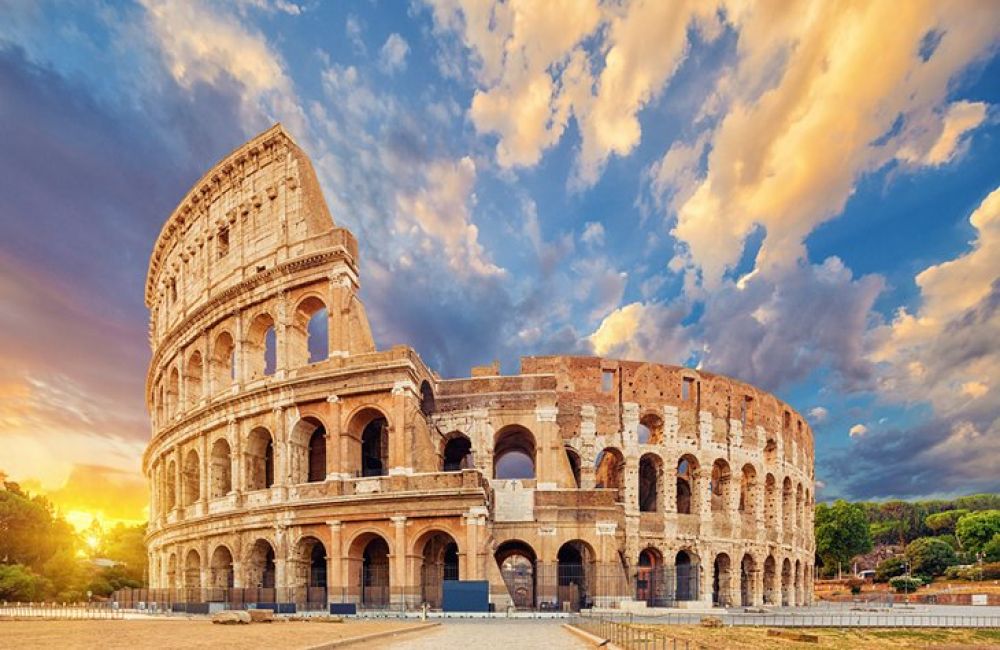

The Colosseum, one of Rome's most iconic ancient landmarks, has a history that stretches back to the first century AD. Although it was primarily used for gladiatorial contests and public spectacles, food played a part in the experiences of the Romans during the events. Spectators would bring their meals to eat while watching the games, and this could include items such as olives, cheese, dried fruit, and bread. Street vendors outside the arena might have sold sausages, salted pork, and other snacks. The food culture in ancient Rome was diverse, and while the Colosseum might not have been known explicitly for food, it provides a snapshot into the eating habits of the ancient Romans.